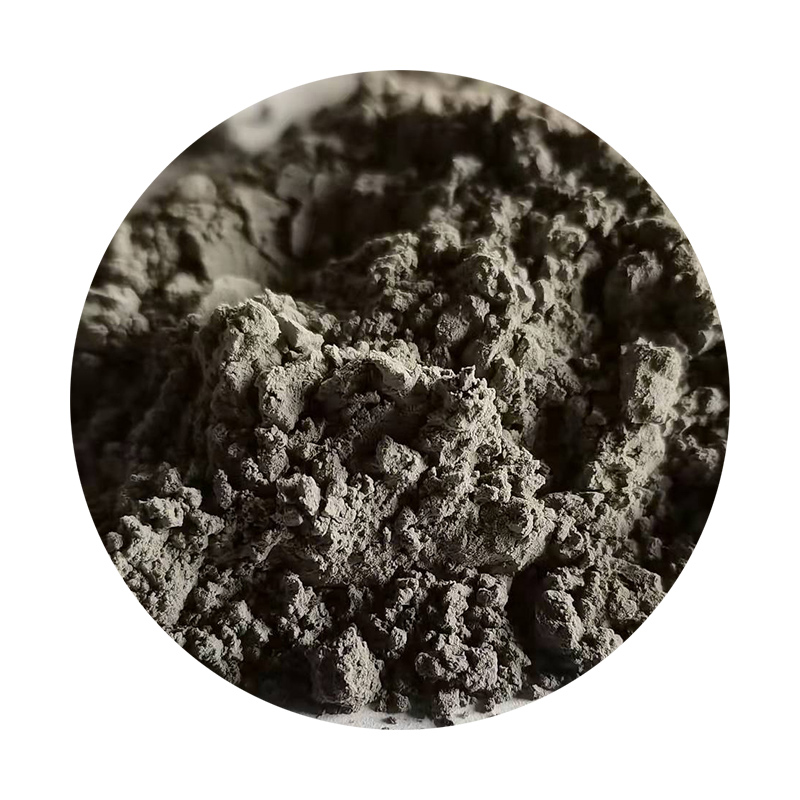Resin with Sand A Versatile Material for Art and Industry
In the world of materials science, the combination of resin with sand has emerged as a versatile and innovative solution for various applications spanning from artistic endeavors to industrial requirements. This pairing capitalizes on the unique properties of both components, resulting in a composite material that is both aesthetically pleasing and functionally robust.
Understanding the Components
Resin is a synthetic or natural compound known for its adhesive properties and durability. It can be transformed from a liquid state to a solid form through curing processes that can be catalyzed by heat or UV light. On the other hand, sand, a naturally occurring granular material, provides structural integrity and enhances the texture of the mixture. When combined, resin and sand create a composite that not only retains the beneficial characteristics of both materials but also opens up a plethora of possibilities in terms of design and functionality.
Artistic Applications
Artists and designers have embraced resin with sand for its aesthetic qualities. The use of colored sands can create visually stunning art pieces, such as sculptures, table tops, and decorative items. The interplay of light through the resin creates depth and vibrancy, making each piece unique. Additionally, this composite material is often used in the creation of functional art—items that serve a purpose while also being visually appealing, such as coasters and trays.
Moreover, artists can use molds to shape the resin-sand mixture, allowing for greater creativity and customization. The ability to embed objects within the resin, such as shells or stones, adds another layer of personalization, creating one-of-a-kind pieces that tell a story.
Industrial Uses
Beyond the realm of art, resin with sand has numerous industrial applications. In construction, for instance, resin-sand mixtures are utilized for creating high-strength composite materials that can be molded into various structural forms. These composites can withstand significant stress and are often used in infrastructure projects such as bridges and monuments. The blend offers a lightweight alternative to traditional concrete, without compromising on durability.
resin with sand

Resin with sand is also employed in the manufacturing of molds and cores in the metal casting industry. The ability to create detailed shapes and withstand high temperatures makes this composite highly advantageous for producing complex components with precision.
Environmental Considerations
As industries strive for sustainability, the use of resin with sand can present an eco-friendly alternative. Natural sands are abundant, and the resin can be formulated from bio-based materials, reducing the carbon footprint of production. Moreover, the longevity and durability of the composite contribute to reduced waste over time, as products can be made to last.
Nevertheless, it is essential to consider the environmental impact of synthetic resins, as they may contribute to pollution if not managed correctly. The ongoing development of eco-friendly resin formulations is a promising area of research, aiming to minimize environmental effects while retaining performance characteristics.
Challenges and Future Directions
Despite its advantages, the combination of resin with sand is not without challenges. The curing process can be complex, and achieving the desired strength and finish requires careful attention to ratios and conditions. Additionally, the market for these materials is increasingly competitive, pushing developers to innovate continuously.
Future directions may include the exploration of alternative materials and additives that can enhance the properties of the resin-sand composite. For instance, incorporating recycled materials could add further sustainability to the mix, appealing to eco-conscious consumers and industries alike.
Conclusion
The synergy between resin and sand embodies the spirit of innovation in both art and industry. As artists continue to explore its aesthetic potentials and industries leverage its functional benefits, this composite material stands poised to play an even more significant role in the future. By embracing sustainable practices and striving for greater efficiency in production, resin with sand can pave the way for a more creative and environmentally responsible approach to material science.
Post time:ធ្នូ . 10, 2024 04:06
Next:Process Outline for Sand Casting Techniques and Best Practices
